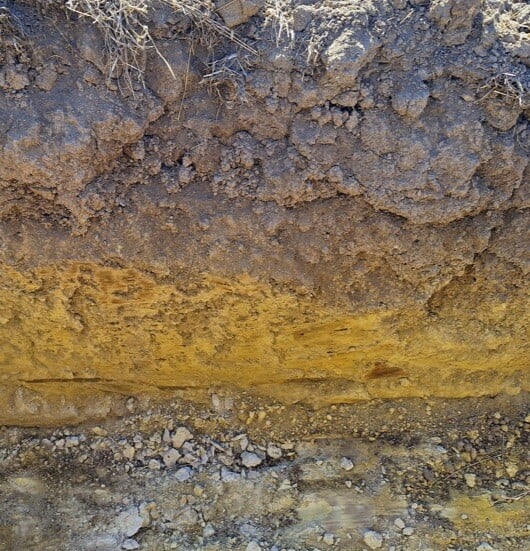Report into pH, soil organic carbon
Riverine Plains has recently completed a region-first project looking into the viability and practicality of increasing soil carbon for trading through the Australian Government’s Emission Reduction Fund.

Riverine Plains has recently completed a region-first project looking into the viability and practicality of increasing soil carbon for trading through the Australian Government’s Emission Reduction Fund.
As part of the project, and with the support of the Cool Soil Initiative, paddocks were sampled to determine baseline soil pH and soil organic carbon using the methods set out in the Carbon Farming Initiative.
Stocks of soil organic carbon were calculated for each paddock, with a specific paddock example used to determine what a 0.5% increase in soil carbon might look like in terms of the Australian Carbon Credit Unit, (the unit of trade for the Emission Reduction Fund).
The calculations, based on a pasture paddock near Springhurst, showed the potential financial gains from carbon farming to be modest, with the returns also weighed against the sampling, auditing and reporting costs of participating in the Emission Reduction Fund.
The project highlighted how complex it can be to measure and validate any increase or change in soil organic carbon over time, and that trading carbon through the Emission Reduction Fund requires a thorough understanding of the process before committing.
Aside from carbon farming, one of the most important take-home messages from the project was that interactions between soil pH and soil organic carbon are complex, and that soil pH is a key parameter driving the soil’s ability to increase soil carbon, with low pH soils having reduced microbial activity and organic matter turnover.
Learn more by reading the full report.
This project was completed within the Cool Soil Initiative with partners Mars Petcare, Kellogg’s, Manildra Group and Allied Pinnacle, through the Sustainable Food Lab and Charles Sturt University (CSU), with additional funding through the Food Agility Cooperative Research Centre (CRC) and participating growers.
This project was also supported by the North East and Goulburn Broken CMAs through funding provided by the Australian Government’s National Landcare Program.
Author
NEWS
Catch up on our project and event news.
-
Livestock
-
People
-
Grains
-
Sustainability

